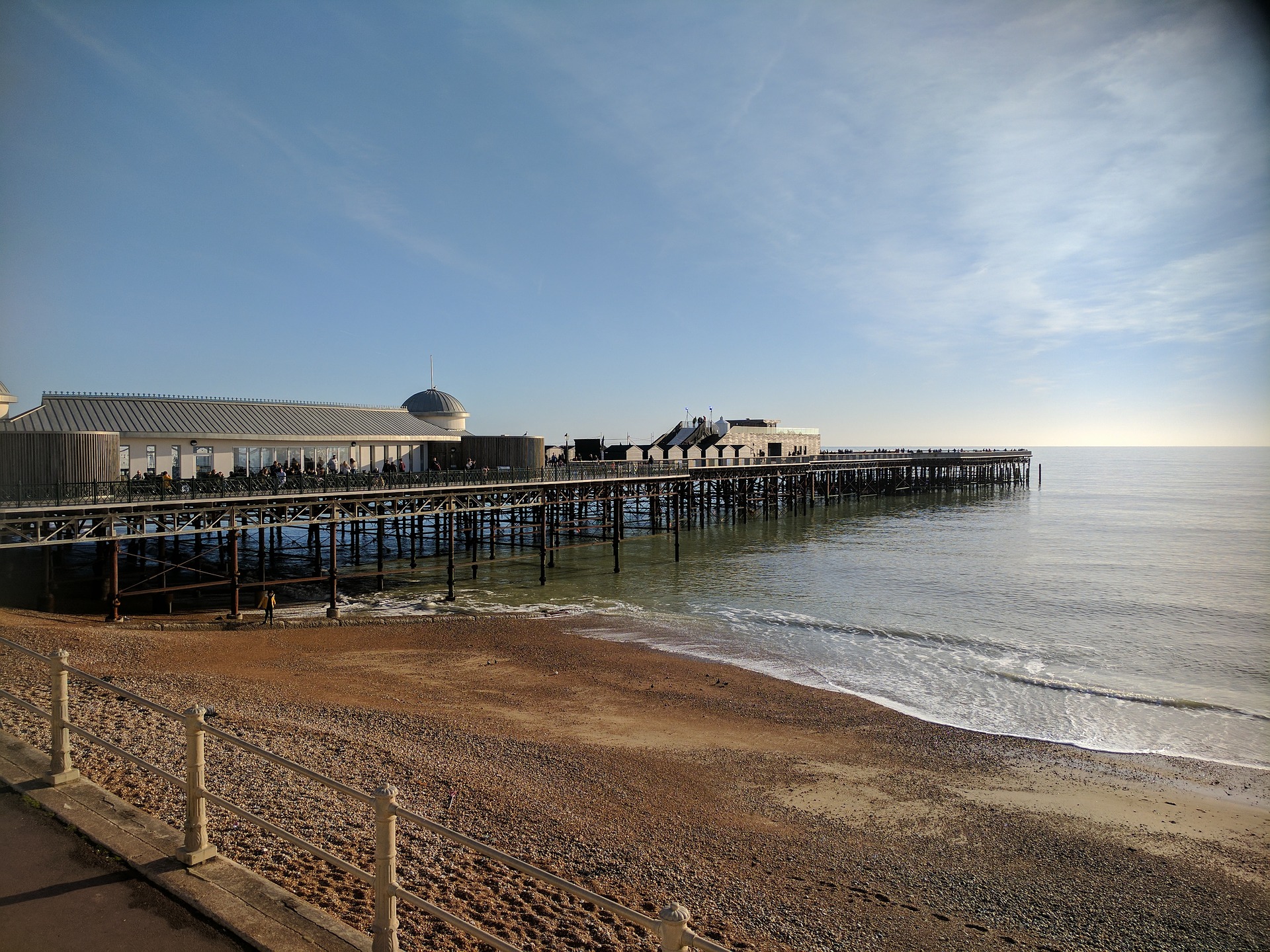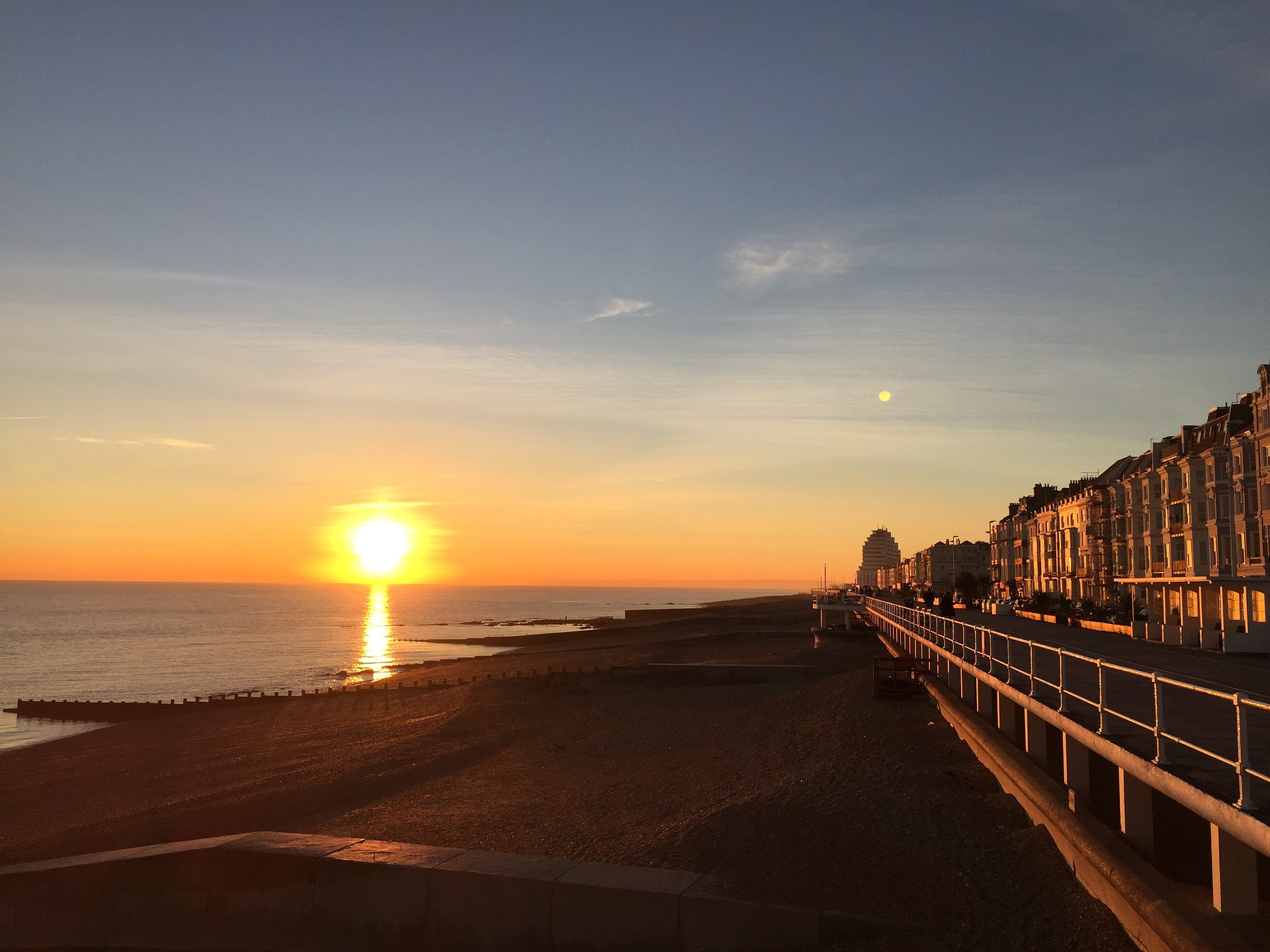50 years of Conservation in Hastings Borough.
by Christopher Maxwell-Stewart, Chairman of Burtons’ St Leonards Society
2017 marks the 50th anniversary of parliamentary endorsement of the Civic Amenities Bill and the
founding of the Burtons’ St Leonards Society. These two events in 1967 have a common root
namely a move by “contrarians” against wholesale demolition of inner urban areas and
replacement with anodyne buildings.
The prevailing thinking of planners in those days was understandably dominated by the need to
repair the devastation caused by bombing during WW2. Given that the nation was financially
crippled by the cost of that war, the fabric of replacement buildings was pared to the minimum.
Whilst such “Bauhaus” discipline could produce fine architecture as in the De La Warr Pavilion, in
practice it generally resulted in monotonous buildings of minimal quality across swathes of
Comprehensive Redevelopment Areas. The older parts of towns as far apart as Plymouth and
Glasgow were becoming indistinguishable. We were destroying the identities of our towns.
The Civic Amenities Act 1967 originated as a private member’s bill promoted by Duncan Sandys as
a reaction to that prevailing practice. Section 1 of this Act introduced the concept of Conservation
Areas thus:
Every local planning authority shall from time to time determine which parts of their area, or in
Scotland district, are of special architectural quality or historic interest the character of which it is
desirable to preserve or enhance and shall designate such areas (hereinafter referred to as
“Conservation Areas”) for the purposes of this section.
Prior to the late 60’s, a small number of local persons were becoming very concerned about the
loss of the historical character of Old Hastings and the architectural qualities of Regency St
Leonards. The former concern arose from the smashing of a swathe through the heart of Old
Hastings to reroute the A259 up the Bourne valley. The latter concern was prompted by the
demolition of the Listed Quarry House as one of the castellated villas of James Burton’s 1828
plans for the picturesque core of his St Leonards New Town.
The Old Hastings Preservation Society (OHPS) had been formed by a small group of contrarians in
1952 to campaign against further loss of the historic character of the original town of Hastings.
That character arises from its unregulated development over many centuries and the physical
restraints imposed by the East and West Hills. That contrasts with the character of the original St
Leonards which was comprehensively planned and constructed as an “up market” seaside resort
inclusive of landscaped open spaces, public baths, school, reservoir and social housing.
In time the OHPS assumed responsibility for monitoring all Listed buildings in the Borough. With
the loss in 1965 of the Listed Quarry House, a small group of St Leonards “contrarians” realised
that the Borough would lose an area of great architectural importance unless there was a society
formed to campaign for the integral conservation of its Regency and Victorian character. The Civic
Amenities Act provided the final spur for the formulation of the Burtons’ St Leonards Society.
The first Conservation Areas were designated by the former County Borough of Hastings in 1969
as No 1 Old Hastings and No 2 Burton’s St Leonards. Over succeeding years fourteen more Areas
were designated, embracing most of inner Victorian Hastings and St Leonards and part of Ore.
Fifty years later we are reaping the rewards of this foresight as those historic and architectural
qualities of our two towns increasingly attract persons to visit and settle here and revive our
economies. No longer are we stigmatised in the tabloids as failed communities – rather we are
hailed as places of great interest and vitality. Conservation does not mean fossilisation – it means
conserving the best of the past for the benefit of future generations.
Christopher Maxwell-Stewart. June 2017




